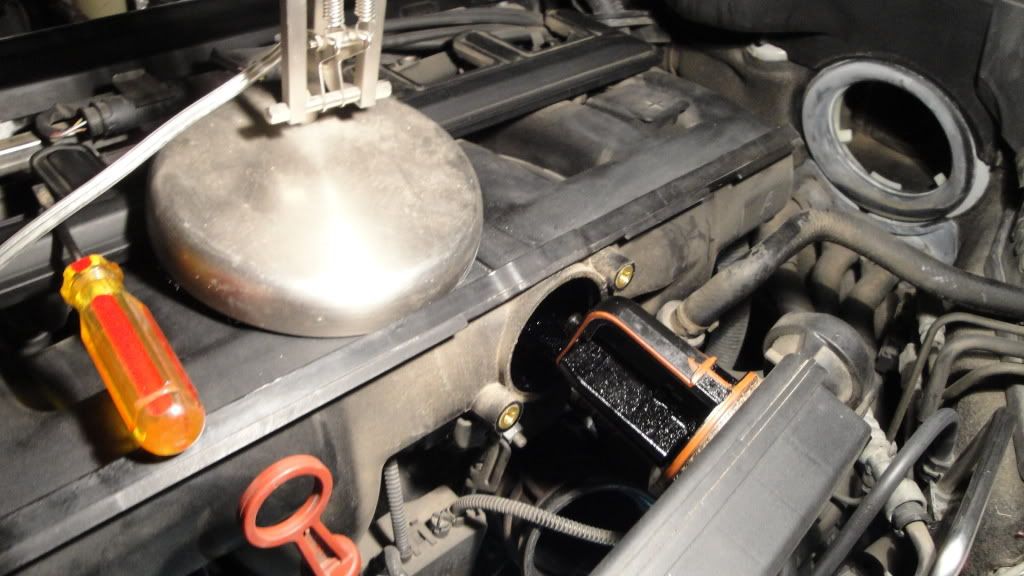I'm confused how to properly test the DISA valve on the E39.
Today, after seeing ForcedFirebird's pictures of the inside of a bent exhaust and pitted intake valves in the #3 cylinder due to the DISA (DIfferenzierte SAuganlage - "Differential Air Intake") flap failing ... and then moments later, reading of Ågent99's smog-test saga where the DISA valve seemed to have been the culprit ... and then seeing cambrian123456 post where in the process of cleaning the ICV, he notices his DISA valve is filthy ...
And, earlier this week, DominguesE30 asked the similar question of how to test the DISA valve (without much response).
I got to wondering how to "really" TEST the DISA valve in the BMW E39.
Doing the obligatory searching ... I find a confusing jumble of tests:
- These pictures show varnish buildup (presumably that's a visual test)
- This picture shows the flap missing (another visual test)
- Poolman gave a noise/performance DISA test here
- ventsyv added a DISA rattle test here (another noise test)
- Ågent99 alluded to a "smoke test" here (a visual test for vacuum leaks)
- szee1 alludes to the "resistance" of the DISA flap here
- dakarm also alludes to the "resistance" of the DISA flap here
- Lbert says to check the condition of the o-ring DISA gasket here
- uncmozo mentions specific codes thrown here that implicated the DISA valve
- This rebuild DISA article says codes will be your first sign of malfunctioning
- This related DISA article says you'll get a misfire if the o-ring leaks
But I see no real diagnostic tree for the DISA valve.
Maybe it's time to start one?
![Image]()
Today, after seeing ForcedFirebird's pictures of the inside of a bent exhaust and pitted intake valves in the #3 cylinder due to the DISA (DIfferenzierte SAuganlage - "Differential Air Intake") flap failing ... and then moments later, reading of Ågent99's smog-test saga where the DISA valve seemed to have been the culprit ... and then seeing cambrian123456 post where in the process of cleaning the ICV, he notices his DISA valve is filthy ...
And, earlier this week, DominguesE30 asked the similar question of how to test the DISA valve (without much response).
I got to wondering how to "really" TEST the DISA valve in the BMW E39.
Doing the obligatory searching ... I find a confusing jumble of tests:
- These pictures show varnish buildup (presumably that's a visual test)
- This picture shows the flap missing (another visual test)
- Poolman gave a noise/performance DISA test here
- ventsyv added a DISA rattle test here (another noise test)
- Ågent99 alluded to a "smoke test" here (a visual test for vacuum leaks)
- szee1 alludes to the "resistance" of the DISA flap here
- dakarm also alludes to the "resistance" of the DISA flap here
- Lbert says to check the condition of the o-ring DISA gasket here
- uncmozo mentions specific codes thrown here that implicated the DISA valve
- This rebuild DISA article says codes will be your first sign of malfunctioning
- This related DISA article says you'll get a misfire if the o-ring leaks
But I see no real diagnostic tree for the DISA valve.
Maybe it's time to start one?












